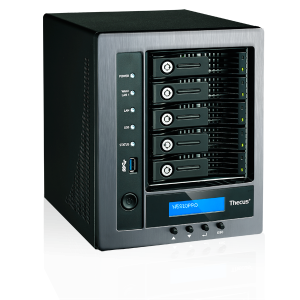Article
SSD Prices Are Plummeting, Say Good-Bye To Hard Drives | Gizmodo
My Comments
A trend that is starting to surface is that the cost per gigabyte of a solid state drive is approaching that of a traditional “spinning-disk” hard drive. This has started to appear at the 256Gb capacity-per-unit level but what is also happening is that the traditional hard disk is increasing in capacity per physical unit. This situation is appearing in the form of hard disks having capacities in the order of eight or more terabytes.
Where I see this applying more are desktop computers that implement a dual-disk setup for their fixed storage needs along with modest-specification portable computers that have storage needs with 256Gb or less.
The former application would have a solid-state drive containing the operating system and other software programs so as to permit quick loading while the hard disk ends up being used to store user-created data and other “long-term” data. The latter application would be in the form of a modestly-specified modestly-priced laptop computer or 2-in-1 that has the advantages of a solid-state battery like increased durability, no operating noise and the ability to run on its batteries for longer than normal.
As the research increases. this parity could hit the 512Gb mark thus appealing to most computer applications, especially portable computers. There also need to be other issues sorted out like improving disk bandwidth and supporting “scratch-pad” operations with random read-write needs without compromising disk reliability.
Who knows what this could mean for computer design especially with portable or aesthetically-significant applications?




